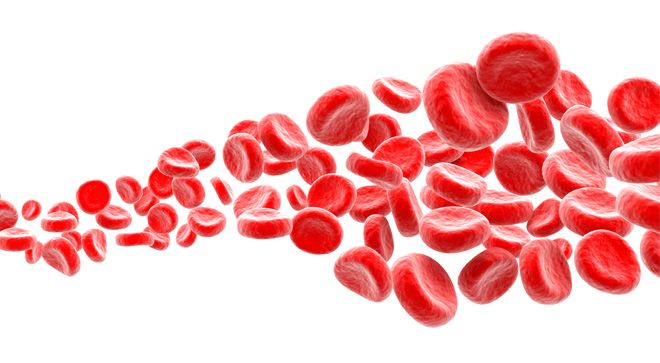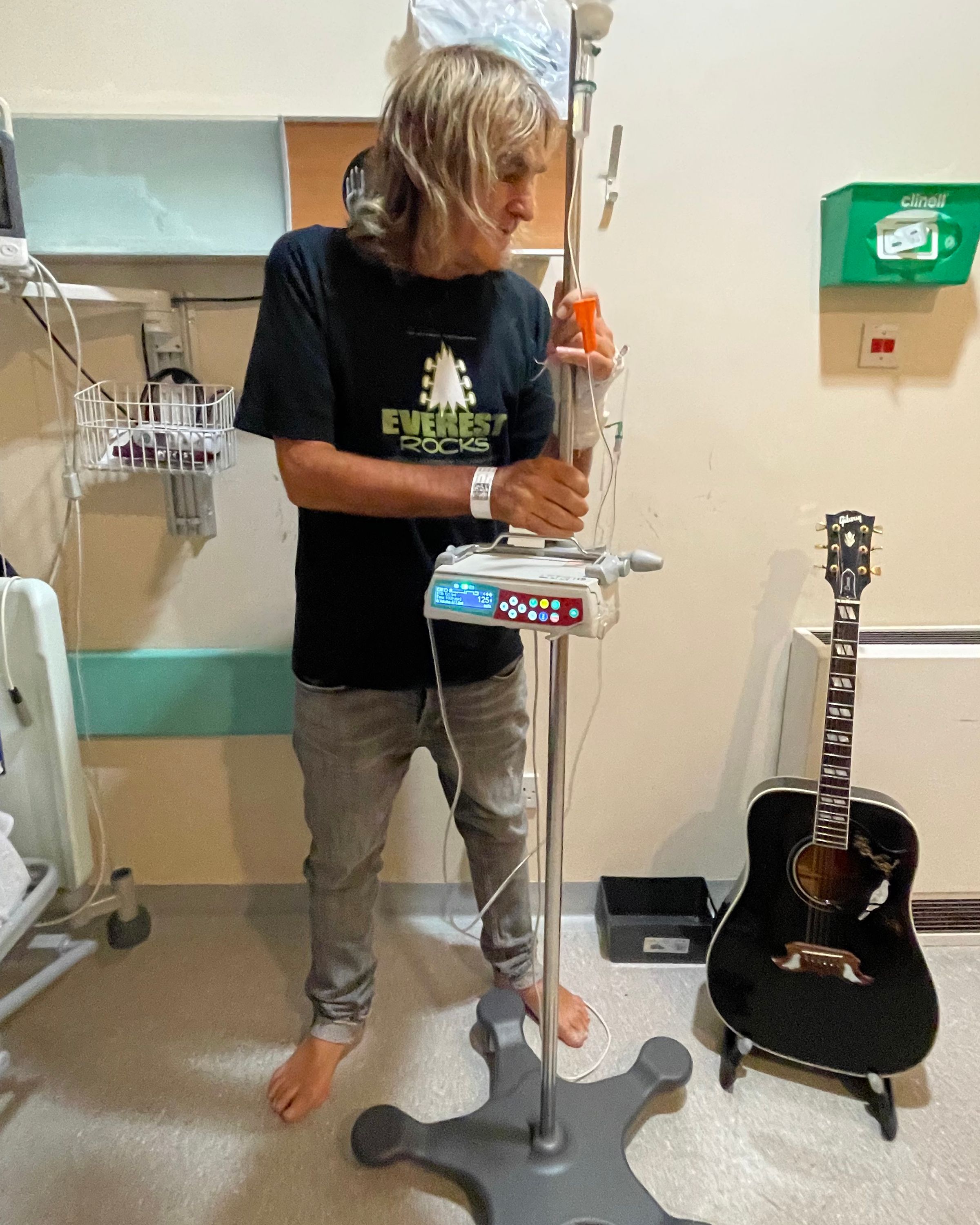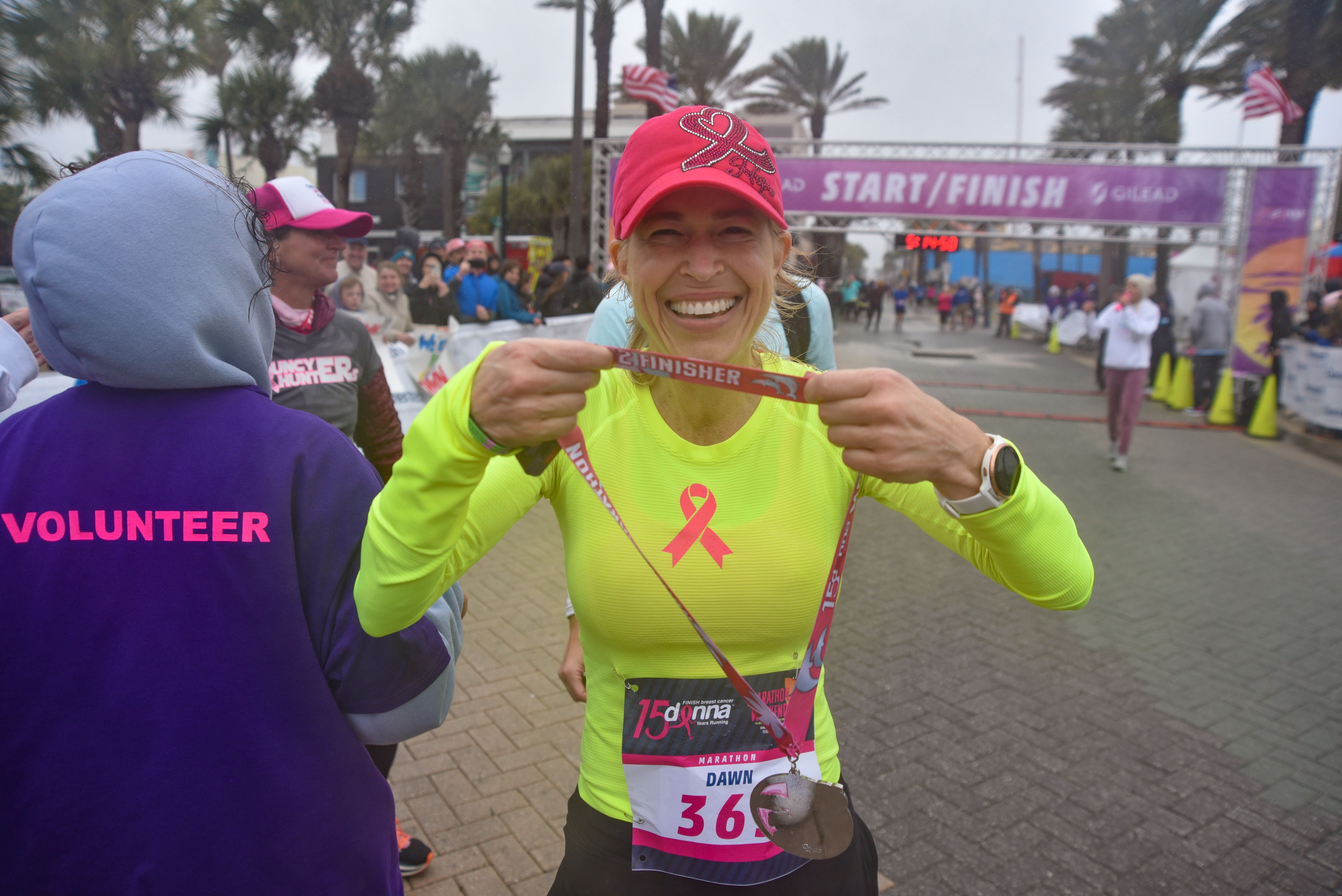Nearly three-fourths of patients with relapsed or refractory non-Hodgkin lymphoma responded to treatment with the novel CAR-T cell therapy, HR001. Additionally, the drug tended to have a tolerable safety profile. This is all according to findings from the phase 2 HRAIN01-NHL01-II trial presented at the 2024 AACR Annual Meeting.
A total of 74.1% of the 81 patients treated with HR001 achieved a best objective response rate (ORR). An ORR indicates that the cancer shrunk or disappeared. The three- and six-month ORRs were 53.1% and 45.7%, respectively. The best, three- and six-month complete response rates (indicating that there were no signs of cancer left) were 49.4%, 32.1% and 29.6%, respectively. The median time to best response was 30 days (range, 28-358).
Study highlights:
- A new CAR-T cell therapy called HR001 showed promising results in treating patients with relapsed or refractory non-Hodgkin lymphoma.
- About three-quarters of patients responded to HR001 treatment, with many experiencing a decrease or disappearance of their cancer.
- The therapy also demonstrated a durable remission, meaning the cancer stayed away for a significant amount of time.
- The trial involved patients who had already tried at least two other types of therapy, and the treatment was generally well-tolerated, with most side effects related to the blood.
- Further research is needed to understand the long-term effects of HR001 and its potential as a treatment option for non-Hodgkin lymphoma.
“Patients with relapsed/refractory [non-Hodgkin lymphoma] could benefit from HR001 treatment, with [a] satisfactory objective response, durable remission, and a favorable safety profile,” Dr. Yian Zhang, of Zhongshan Hospital Fudan University, in Shanghai, China, and coauthors wrote on a poster presented at AACR.
About the HRAIN01-NHL01-II Trial
HRAIN01-NHL01-II was a single-arm, open-label, multicenter study in China. It enrolled patients with relapsed or refractory non-Hodgkin lymphoma who received at least two prior lines of therapy, including an anthracycline and a CD20-targeted agent, or following autologous hematopoietic stem cell transplant. Patients had to be at least 18 years old to be eligible for the trial. They also had to: be able to perform all or most of their daily tasks independently; and have at least one measurable lesion per Lugano 2014 criteria. Health care professionals commonly use the Lugano criteria to stage cancer.
Patients received a conditioning chemotherapy regimen of fludarabine and cyclophosphamide. The purpose of a conditioning regimen is to kill any lymphoma cells and stem cells in the bone marrow to make room for new cells. After conditioning and producing HR001, researchers administered the agent via a single infusion.
The main goal of the trial was to determine ORR at three months post CAR-T cell therapy infusion. Secondary endpoints included duration of remission (DOR), progression-free survival (PFS; time patients live until disease worsens), overall survival (OS; time until death of any cause), disease control rate, how the body interacts with the drug and safety.
At baseline, the median age of the study population was 55 years (range, 23 to 74). Most patients were male (51.9%), had a baseline low-intermediate to high-risk disease (70.4%), underwent less than three prior lines of treatment (58.0%), and had a maximum tumor diameter of 3 to 7 cm (53.1%). Patients had stage 1 (1.9%), 2 (14.8%), 3 (19.8%) or 4 (59.3%) disease at screening. In terms of pathology subtype, the trial included patients with diffuse large B-cell lymphoma (91.4%), transformed follicular lymphoma (4.9%), or high-grade B-cell lymphoma (3.7%).
Additional findings from the study revealed that the median DOR was 339 days and the median PFS was 176 days. Notably, the median OS was not yet reached. This indicates that there were too few deaths for the researchers to calculate an average time until death.
Safety and Side Effects of the Novel CAR-T Cell Therapy
In terms of safety, most treatment-related side effects were related to the blood. Cytokine release syndrome of any grade occurred in most patients (95.1%). This included a grade 3 or higher rate of 3.7%.
Immune effector cell-associated neurotoxicity syndrome (ICANS) of any grade occurred at a rate of 8.6%. Grade 3 or higher ICANS did not occur.
Of note, cytokine release syndrome and ICANS are common side effects associated with CAR-T cell therapy.
READ MORE:CAR-T Cell Therapy Side Effects: Know What to Look Out For
The treatment-related mortality rate was 1.2%.
“Positive tests for the anti-drug antibody were noted in 14.8% of patients while neutralizing antibody (Nab) tests were positive in 3.7% of patients. Among Nab-positive patients, the complete response was maintained until follow-up,” Zhang and coauthors wrote in their conclusion of the results.
For more news on cancer updates, research and education, don’t forget to subscribe to CURE®’s newsletters here.




